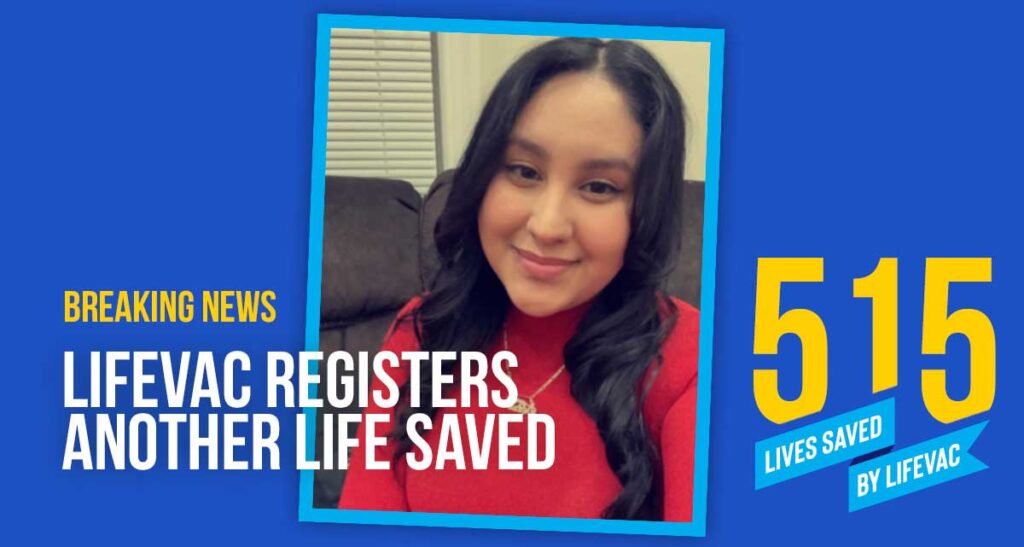Dow you know that there’s an increased choking risk with Down Syndrome?
Down syndrome, a genetic condition that affects many aspects of physical and intellectual development, presents unique challenges in daily care and safety.
One such challenge, according to research, is the increased risk of choking that individuals with Down syndrome face.
Thus, in this blog post, we’ll explore why choking risks are higher in people with Down syndrome and how we can ensure their safety and well-being.
The Connection: Increased Choking Risk with Down Syndrome
Individuals with Down syndrome may experience various physical and developmental characteristics that contribute to an elevated risk of choking:
Muscle Hypotonia:
Reduced muscle tone, common in individuals with Down syndrome, can affect the muscles involved in swallowing, making it more difficult to manage food effectively.
Dental and Structural Differences:
Dental differences, smaller oral cavities, and larger tongues can complicate chewing and swallowing, increasing the risk of food becoming lodged in the airway.
Cognitive and Sensory Processing Challenges:
Difficulties in sensory processing and cognitive delays may impact the ability to chew food thoroughly or recognize when food is too large or difficult to swallow.
Respiratory Complications:
Respiratory issues, also more prevalent in individuals with Down syndrome, can exacerbate the dangers of choking, making prompt and effective intervention critical.

Given these factors, caregivers and family members need to be aware of the connection between increased choking risk and Down syndrome.
Understanding this connection underscores the importance of proactive measures in ensuring safety and preparedness.
LifeVac: The Trusted Solution for Choking Emergencies
Addressing the increased choking risk and Down syndrome connection is vital for ensuring the safety of our loved ones.
Recognizing the unique challenges faced by individuals with Down syndrome, LifeVac offers a critical tool for addressing the increased risk of choking.
This non-invasive, easy-to-use airway clearance device is specifically designed to remove obstructions from the airway in emergency situations, making it an indispensable addition to safety protocols.
Here’s how LifeVac stands out as a solution for managing the increased choking risk and Down syndrome:

It’s Safe and Effective for All Ages:
LifeVac’s versatility shines, as it can be used on individuals of any age. This is particularly relevant for the Down syndrome community, where the increased choking risk necessitates reliable solutions for everyone from young children to adults.
It’s Easy to Use:
The simplicity of LifeVac’s operation is a significant advantage. For individuals with Down syndrome, LifeVac’s straightforward mechanism—requiring no electricity or batteries and minimal physical effort—offers a practical response to emergency choking situations.
It’s Non-Invasive:
LifeVac’s non-invasive nature ensures that the process of clearing an airway obstruction minimizes distress or discomfort, providing a safe and humane solution to a potentially life-threatening situation.
By incorporating LifeVac into the safety practices of families and caregivers, we can directly address the increased choking risk and Down syndrome, offering peace of mind and a safer environment for individuals with Down syndrome.
LifeVac’s design and functionality reflect a deep understanding of the unique needs of people with Down Syndrome, emphasizing its role as an essential device for choking emergency preparedness.
Do you want to learn more about the medical device that has saved more than 1807 lives over the world?



